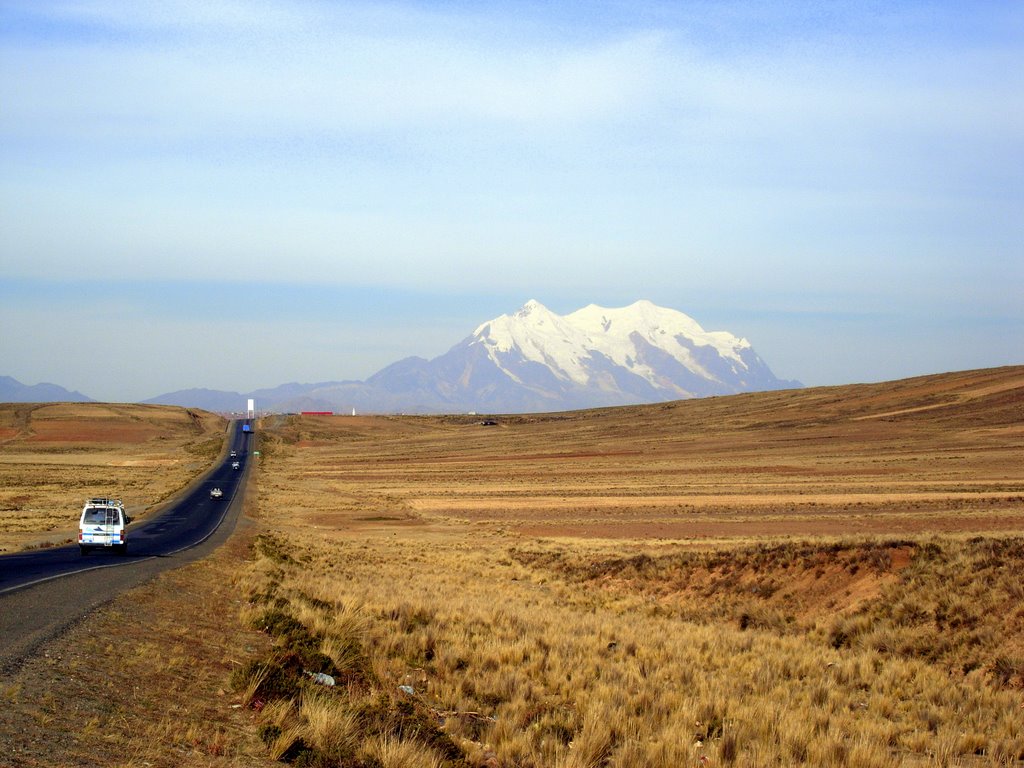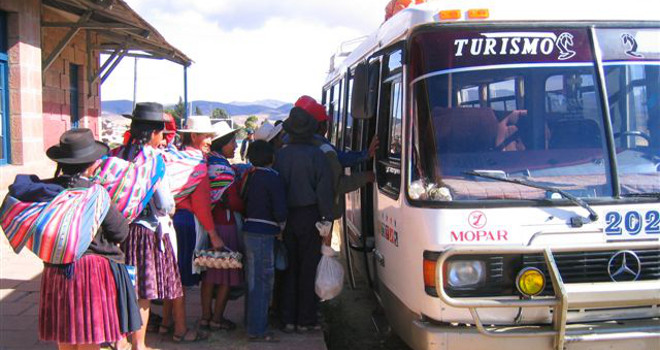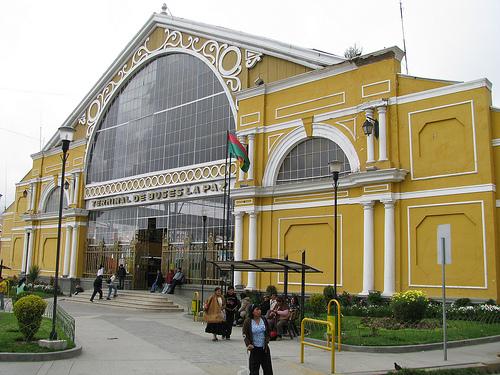The overland route from La Paz to Cusco is one of the most popular for Latin American tourists arriving from Uruguay, Argentina and Brazil in the months of January and February mainly. There are several ways to make this trip: directly or with stopovers in Copacabana and /or Puno, tourist sites worth knowing.

The direct trip lasts between 14 and 15 hours, depending on the company and departure time, while the trip with stopovers may vary according to the traveler’s stay at stopover points such as Puno or Copacabana.
You can compare prices and companies as well as buy your tickets online with Tickets Bolivia.
We know that planning a long overland trip is often overwhelming, so we have compiled all the information that can help you organize and enjoy your trip to the fullest. After all, the journey itself is just as important as the destination!

Direct trip from La Paz to Cusco
Several companies offer direct service from La Paz to Cusco by bus. There are two possible routes: the one that goes through Puno and stops in Desaguadero for migration, and the one that goes through Copacabana and Puno, making migration in Yunguyo or Kasani.
The immigration procedure is simple, you only have to present your identity documents at the Bolivian window, to leave the country, as well as at the Peruvian window to enter.
Buses leave from the La Paz Bus Terminal, located between Peru and Uruguay Avenues. You can see the exact address of the terminal at this link.
Before boarding the bus, it is necessary to pay the Terminal Use fee, which costs 2 Bolivianos per passenger (less than 50 cents). See the table below for the companies that provide this service, and all relevant information. Buy your tickets from La Paz to Cusco safely and securely online with Tickets Bolivia.
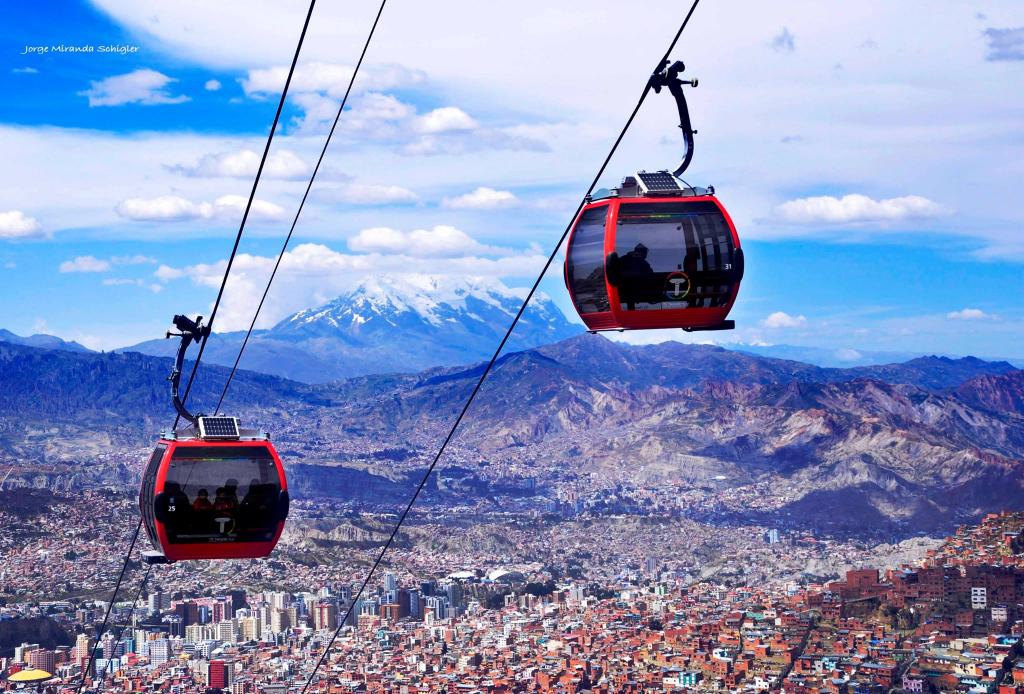
Direct buses from La Paz to Cusco
| Bus company | Seat class | Time of departure | Time of arrival | Price in US$ |
| Trans Salvador | Cama | 7:30hrs. | 22:30hrs. | $35.33 |
| NC Internacional | Cama | 7:40hrs. | 22:30hrs. | $35.04 |
| Trans Litoral | Cama | 8:00hrs. | 22:30hrs. | $38.54 |
| Bolivia Hop | Touristic bus | 7:00hrs. | 6:00hrs. (+1 day) | $49.00 |
Trips with stopover
From La Paz to Puno
For a longer but more restful trip and, above all, one that allows you to enjoy the attractions of Puno, you can make the trip from La Paz to Puno and from there to Cusco. Fleets depart from La Paz to Puno from the La Paz Bus Terminal (see map above) at 07:30, 08:00 in sleeper buses (160 degrees recline). The cost of the tickets is around 20 to 25 dollars, depending on the schedule and the company. The trip takes 7 hours and passes through the Desaguadero border.
In Puno, the buses arrive at the Terminal Terrestre de Puno located at the following address: Jr. Primero de Mayo 703.
From Puno to Cusco
Puno is a port city located at an altitude of over 3,800 meters above sea level, on the shores of Lake Titicaca, in the Altiplano of Peru. Puno is a picturesque hillside town overlooking Lake Titicaca and one of its major attractions, the floating islands of the Uros. This, and its proximity to the Bolivian border, make it a regular stop on the South American tourist route.
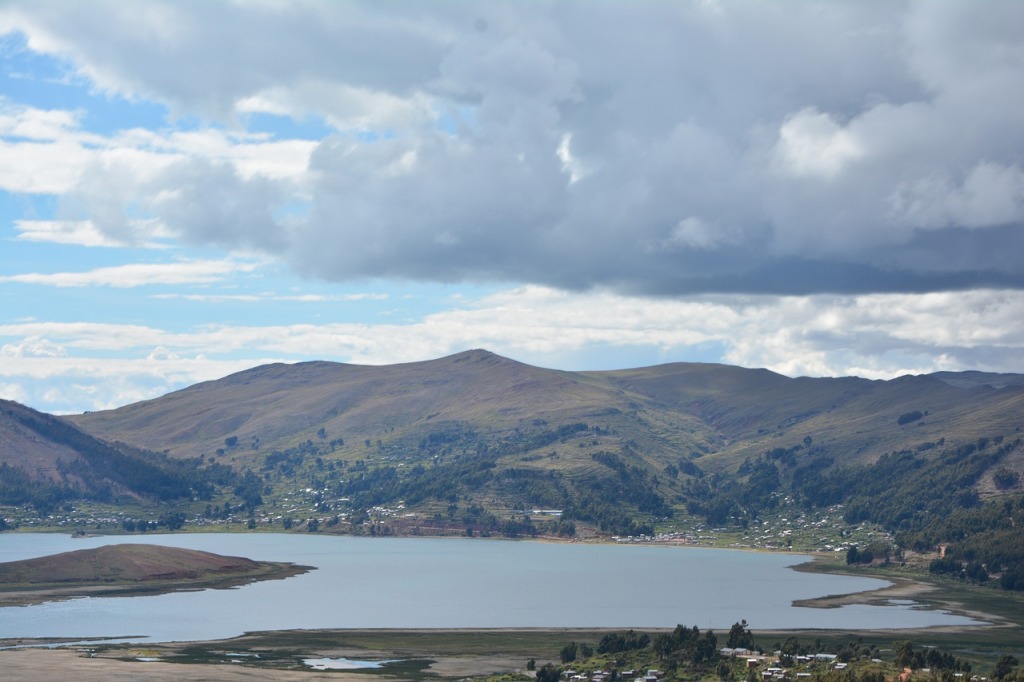
After enjoying the attractions of Puno, you can continue your journey to Cusco. Check this table to know the companies that travel from Puno to Cusco and all relevant data. To buy your tickets from Puno to Cusco online with Tickets Bolivia.
Direct trips from Copacabana to Cusco
| Bus company | Seat class | Departure time | Arrival time | Price in US$ |
| Transzela | Cama | 8:45hrs. | 15:45hrs. | 15.00$ |
| Avalos Tours | Cama | 22:00hrs. | 05:00hrs. | 22.15$ |
| Turismo Mer | Cama | 22:00hrs. | 05:00hrs. | 24.62$ |
| Transzela | Cama | 22:00hrs. | 05:00hrs. | 15.00$ |
| Turismo Mer | Touristic | 07:00hrs. | 17:00hrs. | 69.00$ |
| Avalos Tours | Touristic | 07:00hrs. | 17:30hrs. | 70.00$ |
However you have planned your trip, nothing compares to the moment you finally reach your destination: the city of Cusco. All the buses arrive at the Bus Terminal of Cusco, located on Av. Vía de Evitamiento #429. Here is the map.
We hope the information has been useful and that you have a wonderful trip through the lands of the Incas.
To purchase tickets online, visit our site: www.ticketsbolivia.com



